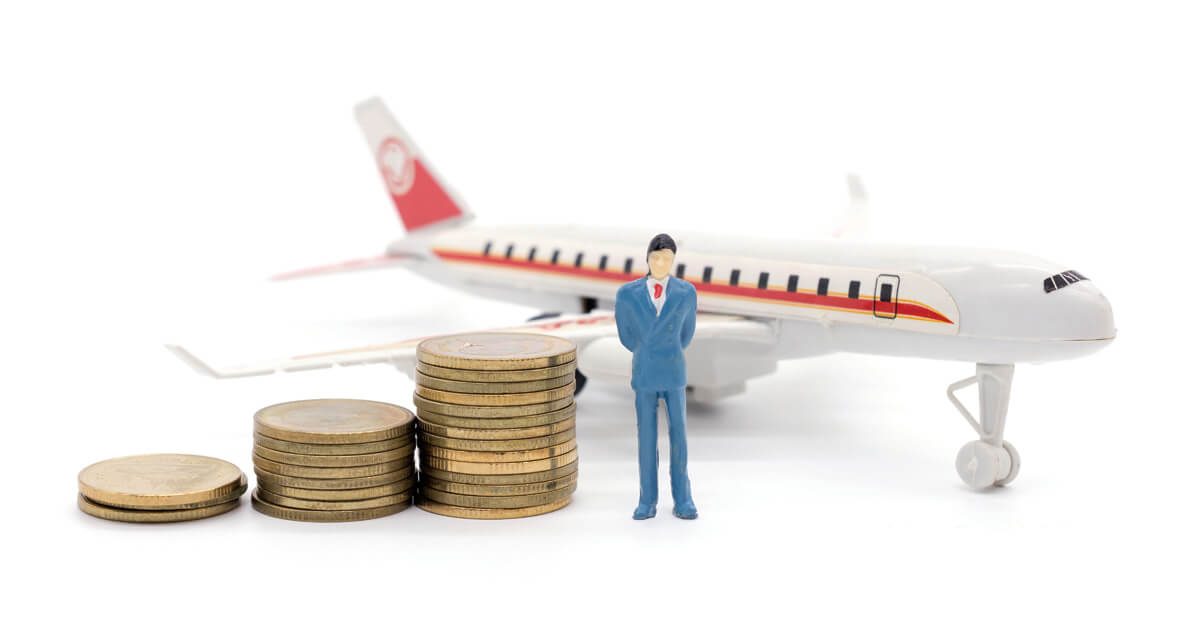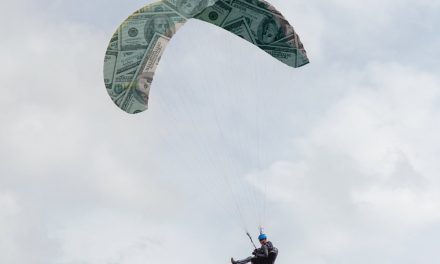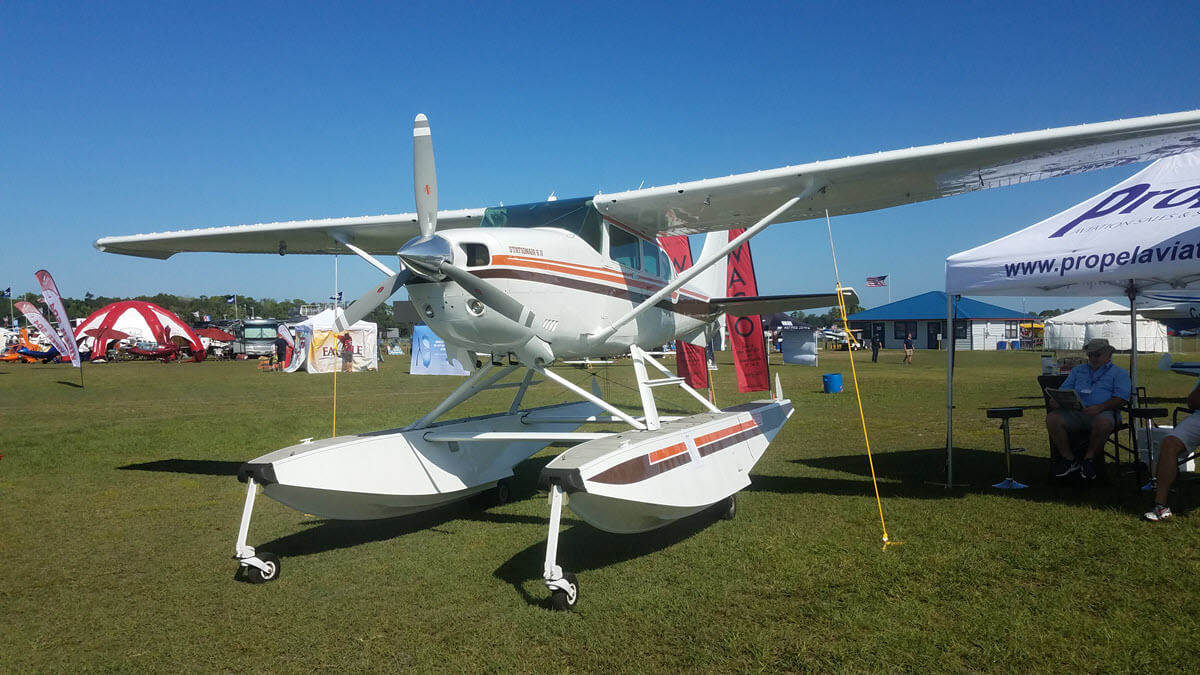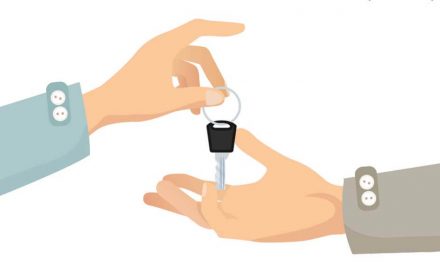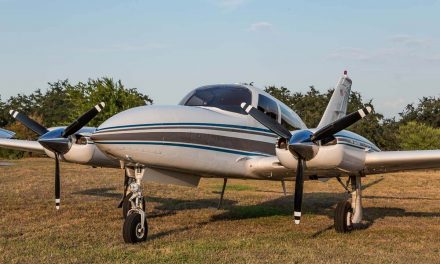In my experience, most aircraft are owned for less than five years. Think about it, you buy a Cessna 150 to get your certificate. When you get married, you buy a Cherokee 180. You have a few kids and buy a Saratoga. Then maybe things change — job, retirement, divorce — and you buy a 150 again. Whatever happens, things change and so does aircraft ownership and it often seems to happen in the three- to five-year range.
So, if you are only going to own an aircraft for a short time, why spend your own money out of pocket? If you have been following the interest rates, you know that borrowing money is pretty reasonable these days. Maybe you need to borrow because you don’t have the cash, but you have the cash flow. Or perhaps you want to buy more aircraft than you have cash for.
Whatever your reason, borrowing is a financing option, if you know where to look. And it’s important to look for a lender that will work for you. That means they need to offer competitive terms, no prepayment penalties, and they need to understand aircraft.
Where do you start?
Borrowing money for an aircraft is like any other loan. You can call family members, friends, the local bank; you can use your credit card, call the loan shark downtown, or call an aviation finance company. You can also get a second mortgage on your house.
The number one rule for me is never call relatives for a loan (especially for an aircraft). One reason is they often have less money than I do. Another is that I like to go to the family get-togethers and owing someone money can make those awkward. Borrowing money from a family member can ruin those close relationships and eliminate the invites to dinner. It might work for you, but it’s never been a good experience for the people I have talked to, or for me.
Friends are friends until they want their money back. See rule number one — it’s a lot like borrowing from family. If you really want to borrow from the “family,” go to the loan shark downtown. While the money is readily available, the interest rates are too high to make ownership practical.
You could finance an aircraft on your credit card. I know a guy who bought a $25,000 aircraft on his credit card and flew it home the same day. He said he needed the airline miles and he paid it off when he got home the next week. Of course, I can just imagine the look on my wife’s face if she got a notification on her phone for an unusually large purchase on our account!
My advice is, instead of your credit card, start with a local bank first. The problem with most local banks, though, is the lack of aviation or aircraft lending experience. I’ve said it before — getting a loan for a registered show-quality poodle is probably easier than getting a loan for an aircraft. Provide a copy of the AKC papers along with a picture of the dog surrounded by trophies and the money is almost yours. With a poodle, the banker can repossess the canine and take it home to play with the kids. With an aircraft, they have to sell it or learn how to fly. Chances are, if they don’t fly now, they probably won’t start just because they financed your aircraft. Dogs are a better investment in their mind.
If you have an account and you have established a credit history, you may get a local bank to offer you financing. But they are more likely to finance your purchase based on a personal signature note or some other form of collateral that they are familiar with such as homes, cars, or equipment. Very few small banks are comfortable lending on aircraft unless they are comfortable with you personally or have access to the rest of your assets. If they can take your house instead of the aircraft, they’ll feel a lot better about the aircraft loan. The problem still boils down to repossessing the aircraft and getting rid of it once they have possession. I talked to one lender that was more than happy to finance an aircraft. The two people who work on the aircraft loans are pilots and they will usually only lend on something they can fly home! I wouldn’t plan on getting money from them on a King Air, but a 182 or Bonanza is a good bet.
Talking about your local bank brings up another alternative: the home equity loan. I have stated many times over that I don’t really recommend buyers use this strategy, but borrowing against the equity in your home can offer some people tax advantages. My favorite buying phrase is, “You can sleep in your aircraft, but you can’t fly your house!” Home equity loans are one of those things that could make a person live the phrase. Personally, I don’t want to bet the roof over my head on an aircraft when the aircraft can lose almost all of its value in the failure of one part (such as the engine). If something breaks, you have to borrow more for the repairs and the loan gets bigger and the collateral is still your home. For me that is an awfully big risk to take. But who am I to say — I hate to spend money on the slot machines in Vegas! For some people, it can be a great alternative to get the funding for their dream machine.
Since I don’t recommend loan sharks, you might go to the next loan option on the list: visit a loan broker! This is a person who has contracts with different lending or financing institutions. The loan broker collects all the necessary information for a loan (and sometimes does the credit checks) before they send it to their lenders. The loan brokers make their money from percentages or fees that are established by the lenders they work with. Often these fees are hidden in the interest rates. One advantage is that often a loan broker not only has the necessary banking experience, but they also have some form of aviation experience. Additionally, a loan broker can find a place to finance loans that other lenders have already turned down. While this can be a great way to get an aviation loan, it is still very important to get references and referrals before you sign on the dotted line.
The last option on my list, and often the best bet, is to call one of the aviation lenders that advertise in the major publications. Many large national financial institutions have aviation divisions. These lenders offer aviation financing at affordable rates for extended terms and the loans are usually underwritten by people who know aviation. Not always, but usually.
Terms, rates, down payments
When borrowing money, you will need to decide if lower payments or shorter terms are more important. If you want to keep the payments low, you will be looking at two basic options: a large down payment or a loan based on long repayment terms. A down payment of 10-20% is the average. Some lenders look for 25% down and if you want even lower payments, all you have to do is dig into your piggy bank and provide a 50% percent down payment.
The term of the loan can really vary. I was given five- to 20-year terms from different companies. Of course, the longer term was usually for the newer and more expensive aircraft. I was surprised that it wasn’t unusual to get a 15-year loan for an older Cessna 172 or Cherokee 140 “category” of aircraft. The length of the loan was also determined by the use and type of aircraft. A commercial use aircraft had shorter terms and higher rates, for example.
You’ll also want to know what additional charges and fees might be included. When you borrow money some companies have applications fees, “points,” prepayment penalties, and more. All of these add up in the total cost of the loan. Even though you might get a lower rate, you could end up paying more because of all the extra fees and charges.
When it comes to financing, the bigger the loan amount the better it is for the “lendee.” Usually, the more money you borrow, the cheaper the money gets. Many of the companies I talked to do not like to lend amounts under $50,000 or for aircraft that are more than 30 years old. That doesn’t mean you can’t get the money for an old, cheap aircraft like an Aeronca Champ, but you’ll probably be better off using the local bank.
How do the lenders make their decisions?
Most lenders use your income and cash flow compared to your debt to make decisions regarding your loan. Other companies use a debt-to-equity ratio only. A few of the companies I spoke to said that they use the debt-to-equity ratio and a cash flow analysis. Other information is garnered from applications and forms that you fill out for the loan (along with computer check and credit searches). This can take days, especially if you are self-employed, or it can take minutes if you have all your information with you, up to date, and organized. And with computers and the internet, many lenders can take your basic information over the phone and give you an indication right then of your “loanability.”
Lenders also like to see copies of the aircraft logbooks. They want to know that the aircraft is flyable (very few lenders will loan for the purchase of projects or wrecked aircraft. Especially if they know about it being wrecked up front), and they don’t like to lend on an aircraft that is not ready to fly. Lenders will also ask for a specification list that will have the equipment and hours of the aircraft, engine, and propeller. Some also want pictures.
If you are using an “official” aircraft lender, they will require a title search, maybe an escrow account for the money, and will arrange for the bill of sale and registration forms to be signed. Title searches are good. The FAA changes registered owners all day long without any concern for liens or loans that have been filed on the aircraft title. Without a clear title, the lender is not going to give the money to anyone, let alone the seller. And the buyer is taking a big risk buying an aircraft that might have a lien still on the title. Theoretically, the new buyer could be responsible for a loan from the old owner.
There are always a few glitches in the sale process that include the lender. For example, the seller will not release the aircraft without the money (would you?) and the lender doesn’t want to give the money to the seller without the buyer having the aircraft and bill of sale; the lender won’t finance an aircraft without insurance coverage to protect the loan amount; and the buyer can’t move the aircraft without the seller getting the money and the buyer having insurance. Whew!
This is when an escrow company can help. With an escrow account, an unbiased third party holds the money from the lender and the signed bill of sale from the seller. When the transaction is being completed, the buyer and seller notify the escrow account and the money and paperwork are released. Everyone should be happy.
Loans and insurance
When you buy aircraft insurance, the loan amount has to be at least 10% less than the insured value of the aircraft. For example, an aircraft insured for a value of $100,000 would require that the loan amount not be more than $90,000. The lender will require that the insurance company (not the agent) issue what is known as “lien holder endorsement.” This term used to be a BOW or “breach of warranty” and still is with a few companies.
This basically says that if you disregard the policy and have a claim, the insurance company may pay the loan off. In the insurance policy, if the insured “breaches the warranty” of the policy (lets an unqualified pilot fly the aircraft, hides some significant detail from the insurance company, etc.) the insurance company doesn’t have to pay the claim. But the “BOW” makes sure the lender is paid, even if the insured isn’t.
If you decide to borrow money for your next aircraft, make sure that you are prepared. Following the above guidelines helps to make the process efficient and enjoyable. Or, at least as enjoyable as borrowing money can be.

